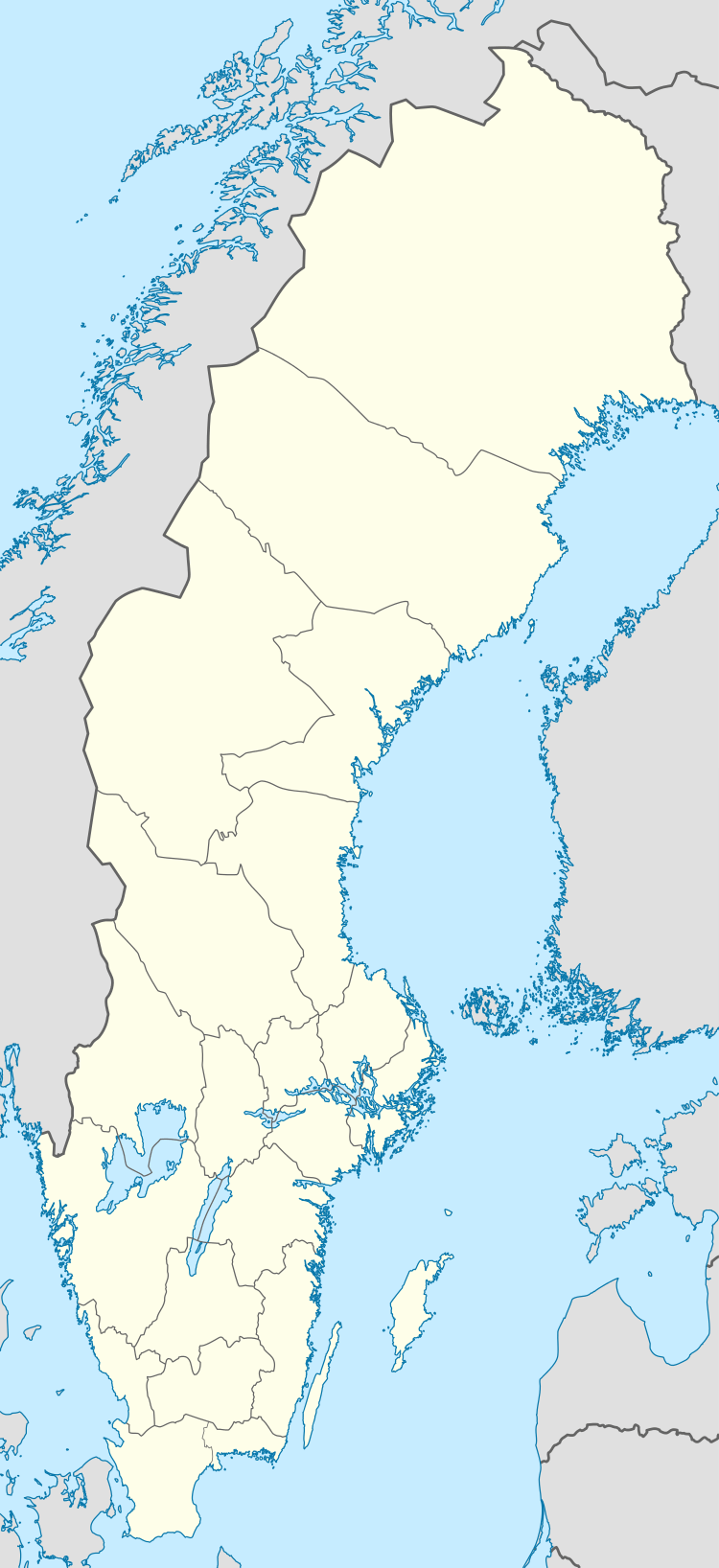Borrie Church
Borrie Church (Swedish: Borrie kyrka) is a medieval church in the province of Scania, Sweden. It is one of the smallest Romanesque churches in the province. It belongs to the Diocese of Lund.
| Borrie Church | |
|---|---|
Borrie kyrka | |
Borrie Church | |
 Borrie Church  Borrie Church | |
| 55°29′29″N 13°51′22″E | |
| Country | Sweden |
| Denomination | Church of Sweden |
| Administration | |
| Diocese | Lund |
History and architecture
Borrie Church is one of the smallest Romanesque churches in Scania. It was built as a church belonging to the farmstead of a local lord during the first half of the 12th century. It retains much of its original details, such as the northern and southern portals and the architectural element connecting the nave with the choir in the form of a triumphal arch; it has been suggested that it was somehow inspired by the Arch of Constantine in Rome. It contains Romanesque sculptures. In general the architecture displays influences from Anglo-Saxon architecture; one source mentions St Bene't's Church in Cambridge as a direct influence.[1][2]
The original church has been altered little in the course of history. A western tower was built during the 13th century but probably collapsed already during the late Middle Ages. A church porch was built in front of the southern portal during the 15th century, but removed in 1874. In 1874 the apse and the westerns gable of the church was also destroyed, after which the church was abandoned. It was restored in 1928-29, and the apse and gable rebuilt.[1]
References
- Wahlöö, Claes (2014). Skånes kyrkor 1050-1949 (in Swedish). Kävlinge: Domus Propria. p. 41. ISBN 978-91-637-5874-4.
- Jacobsson, Britta; Johansson, Eva; Johansson, Per; Andersson, Rolf (1990). Våra kyrkor. Västervik: Klarkullens förlag AB. p. 401. ISBN 91-971561-08.
External links

